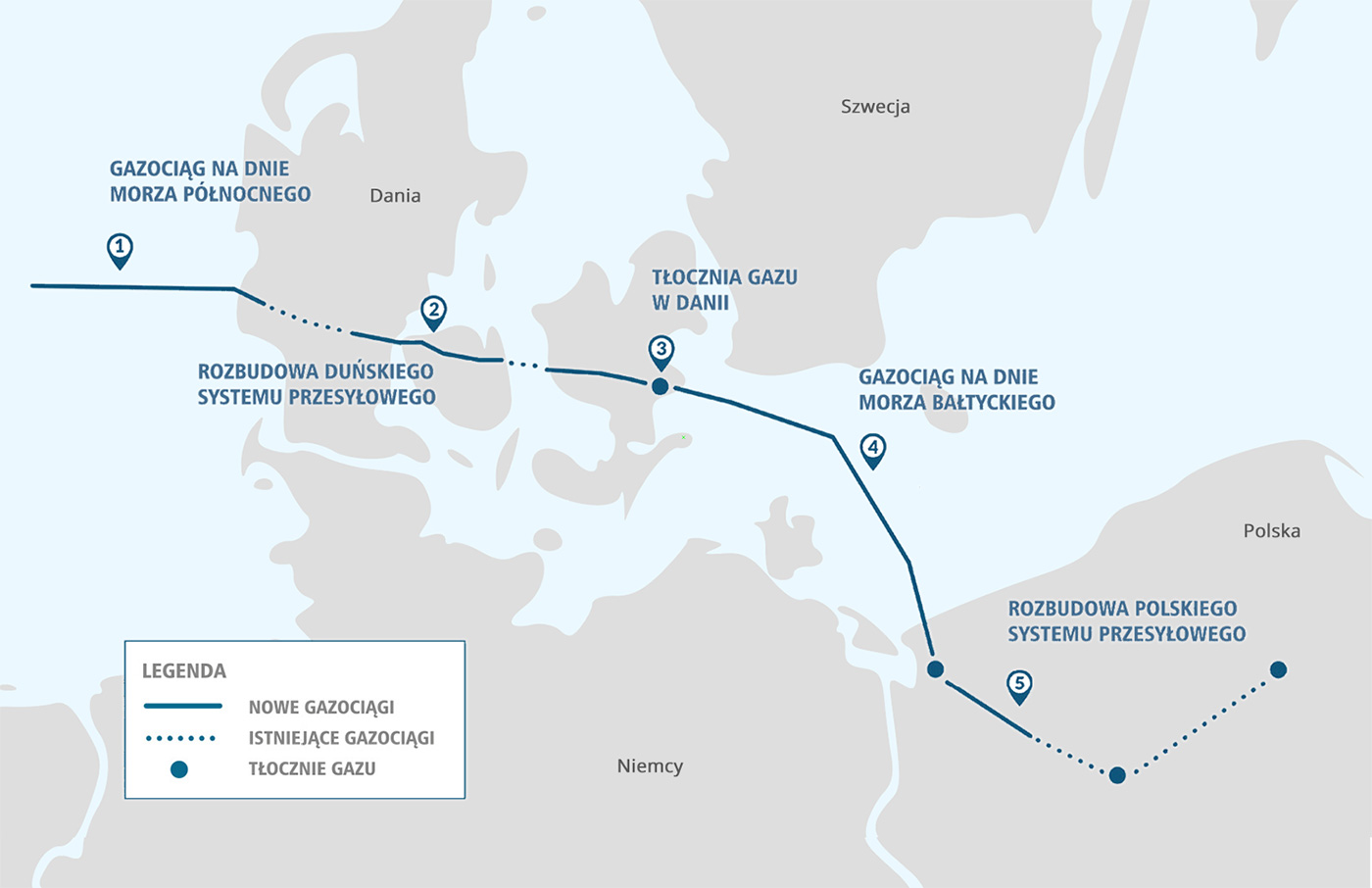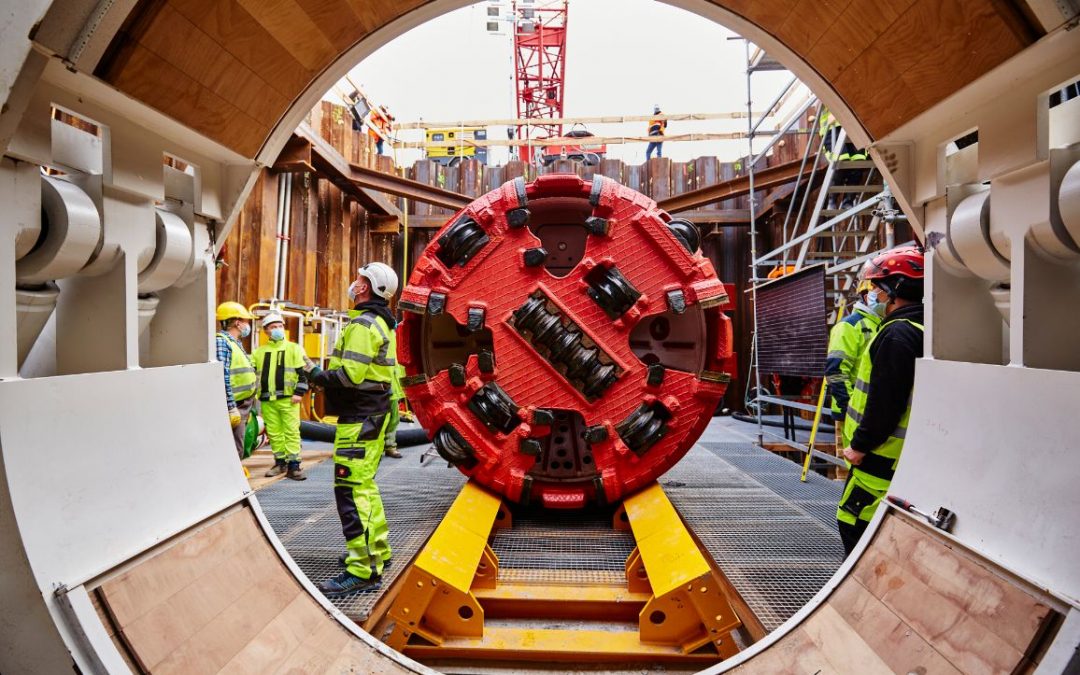The Baltic Pipe undersea gas pipeline is already connected to the Polish and Danish transmission systems, operator Gaz-System has announced. The gas connection is a central part of the Polish government’s efforts to make the country independent of Russian energy imports.
“With this investment, we have integrated the gas networks of Poland and Denmark, creating a new natural gas supply corridor to the Central and Eastern European region,” said Tomasz Stępień, president of Gaz-System, quoted in a statement.
“We still have some start-up and gasification work ahead of us, followed by the launch of transmission planned for 1 October 2022.”
.@GAZ_SYSTEM and @EnerginetDK, partners in the #BalticPipe, have completed a key stage of installation work on the offshore pipeline. The last welds connecting this gas pipeline to the 🇩🇰 in Faxe, and to the 🇵🇱 in Pogorzelica were made. #CEF
▶️https://t.co/p8zKgkbL94 pic.twitter.com/NBx7BkRPax
— Baltic Pipe (@BalticPipe_PL) July 21, 2022
On the Danish side, the operations to connect the offshore pipeline with onshore pipelines, known as a tie-in, was carried out by Energinet. On the Polish side, the operation was carried out by Gaz-System.
The Baltic Pipe will establish a new supply route for natural gas from Norway to the Danish and Polish markets and to end users in neighbouring countries. All activities are implemented according to the schedule, said Gaz-System.
The Baltic Pipe is scheduled to become operational on 1 October with an initial capacity of 2-3 billion cubic metres (bmc) of gas per year. In 2023 it is expected to reach its full capacity of 10 bcm of gas per year.
There had been some concerns that the planned autumn 2022 completion date might have to be pushed back after work in Denmark was halted following the withdrawal of an environmental permit. But those problems have now been overcome and the project remains on schedule.

The route of the Baltic Pipe (Lemiel/Wikimedia Commons, under CC BY-SA 4.0)
The pipeline is part of Poland’s efforts to wean the country off Russian gas, including by not renewing its contract with Gazprom when it expires at the end of this year.
Those plans, however, were accelerated by the invasion of Ukraine, which prompted Poland to declare its intention to end all Russian energy imports this year. Subsequently, Gazprom cut off gas exports to Poland after Warsaw refused to switch payments to roubles.
As well as the new pipeline from Norway, the government has also sought to boost imports of liquefied natural gas from Qatar and the United States. It recently announced that a new floating LNG terminal in Gdańsk will be twice as big as previously planned.
Mian photo credit: Gaz-System

Alicja Ptak is deputy editor-in-chief of Notes from Poland and a multimedia journalist. She has written for Clean Energy Wire and The Times, and she hosts her own podcast, The Warsaw Wire, on Poland’s economy and energy sector. She previously worked for Reuters.




















